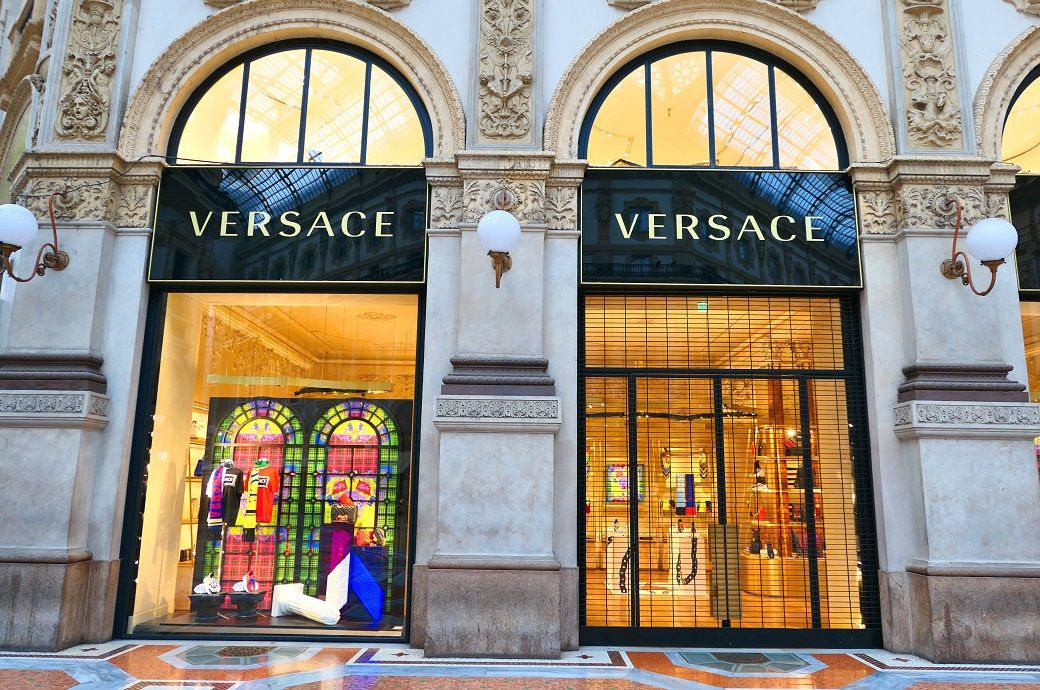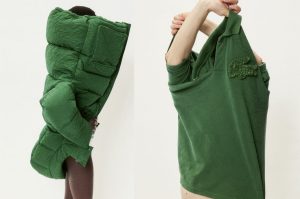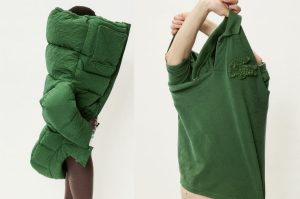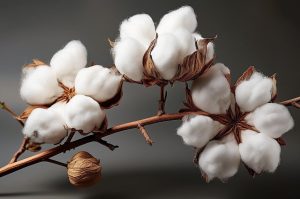
Capri Holdings, the global powerhouse behind luxury brands like Versace, Jimmy Choo, and Michael Kors, has revealed a challenging second quarter for fiscal year 2025, with revenue plummeting 16.4 percent year-over-year to $1.08 billion. This figure underscores a significant decline as the company grapples with shifting consumer demands in the luxury fashion sector.
The financial report discloses that Capri’s gross profit stood at $694 million, yielding a margin of 64.3 percent, a slight drop from the previous year’s gross margin of 64.4 percent. The cost of goods sold decreased to $385 million from $459 million, yet the net income saw a stark fall, down to $24 million or $0.20 per diluted share, comparing unfavorably to last year’s $90 million or $0.77 per diluted share.
Segment results show mixed outcomes across Capri’s luxury triad. Versace experienced a substantial revenue drop of 28.2 percent, affected by a decline in retail and wholesale sales across key regions, notably a 33 percent decrease in the Americas. Conversely, Jimmy Choo reported a modest revenue increase of 6.1 percent, buoyed by a rise in wholesale sales, although retail performance lagged slightly. Michael Kors also faced challenges, with revenue down 16 percent as the brand navigated decreased sales across all regions, particularly a staggering 43 percent drop in Asia.
Capri’s six-month results show an overall total revenue of $2.146 billion, down from $2.520 billion in the same period last year, highlighting ongoing struggles. Operating expenses have slightly reduced, yet the net income for the first half of the fiscal year is only $11 million, dramatically lower than the previous year’s $138 million. Basic and diluted earnings per share have fallen to $0.09 from $1.18 and $1.17, respectively.
John D. Idol, chairman and CEO of Capri Holdings, expressed disappointment over the results, attributing them to the global downturn in luxury fashion demand while maintaining that strategic initiatives are in place to foster long-term growth across their brand portfolio. He noted the addition of approximately 10.9 million new consumers across their databases, indicating a potential resilience in brand equity despite the current market challenges.






